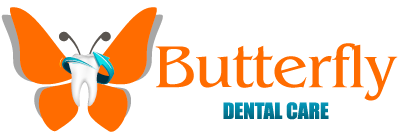Orthognathic Surgery

|
Oral & Maxillofacial surgery specializes in treating many diseases, injuries and defects in the jaws and the hard and soft tissues of the Oral (mouth). Conditions may also prompt a need for orthognathic surgerySevere Malocclusion (improper bite) that may be causing functional problems in daily behavior, such as speech, chewing food or even sleep apnea. You might also experience.
Insurance In IndiaIn general, corrective jaw surgery is considered a medical procedure, not a cosmetic procedure, and is necessary to prevent more expensive medical and dental problems later in life. For this reason, some health insurance policies cover at least part of the cost of orthognathic surgery. However you look to meet these requirements, explore any necessary pre-approvals and understand what your insurance will and will not pay for prior to treatment. Orthognathic SurgeryCorrective jaw surgery (orthognathic surgery) treats and corrects abnormalities of the facial bones, specifically the jaws and the teeth. Often, these abnormalities cause difficulty associated with chewing,talking, sleeping and other routine activities. Orthognathic surgery corrects these problems and, in conjunction with orthodontic treatment, will improve the overall appearance of the facial profile. Maxillary Advancement with Mandible SetbackMaxillary advancement is a type of orthognathic surgery that may be necessary to improve the facial contour and normalize dental occlusion when there is a relative deficiency of the mid-face region. This is done by surgically moving the maxilla with sophisticated bone mobilization techniques and fixing it securely into place. For most patients, the use of screws and miniplates have replaced wiring of the bone and teeth required to hold the jaw stable. Inlay bone grafts can be utilized for space maintenance and secured with screw and plate fixation, while onlay bone grafting is used to augment the bony skeleton and improve facial soft tissue contour. |
Get the Flash Player to see this player.
|

